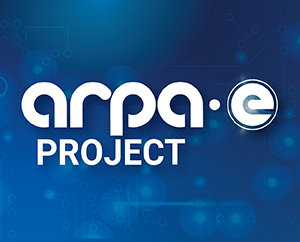Liquid Fuel from Renewable Electricity and Bacteria

Technology Description:
The University of California, Los Angeles (UCLA) is utilizing renewable electricity to power direct liquid fuel production in genetically engineered Ralstonia eutropha bacteria. UCLA is using renewable electricity to convert carbon dioxide into formic acid, a liquid soluble compound that delivers both carbon and energy to the bacteria. The bacteria are genetically engineered to convert the formic acid into liquid fuel—in this case alcohols such as butanol. The electricity required for the process can be generated from sunlight, wind, or other renewable energy sources. In fact, UCLA's electricity-to-fuel system could be a more efficient way to utilize these renewable energy sources considering the energy density of liquid fuel is much higher than the energy density of other renewable energy storage options, such as batteries.
Potential Impact:
If successful, UCLA would create a liquid transportation fuel that is cost competitive with traditional gasoline-based fuels and more efficient than existing biofuels.
Security:
Cost-competitive electrofuels would help reduce U.S. dependence on imported oil and increase the nation's energy security.
Environment:
Widespread use of electrofuels would help limit greenhouse gas emissions and reduce demands for land, water, and fertilizer traditionally required to produce biofuels.
Economy:
A domestic electrofuels industry could contribute tens of billions of dollars to the nation's economy. Widespread use of electrofuels could also help stabilize gasoline prices—saving drivers money at the pump.
Contact
ARPA-E Program Director:
Dr. Ramon Gonzalez
Project Contact:
Prof. James Liao
Press and General Inquiries Email:
ARPA-E-Comms@hq.doe.gov
Project Contact Email:
liaoj@ucla.edu
Partners
University of North Carolina, Chapel Hill
University of California, Davis
Research Triangle Institute
Easel Biotechnologies, LLC
Related Projects
Release Date:
02/07/2009
